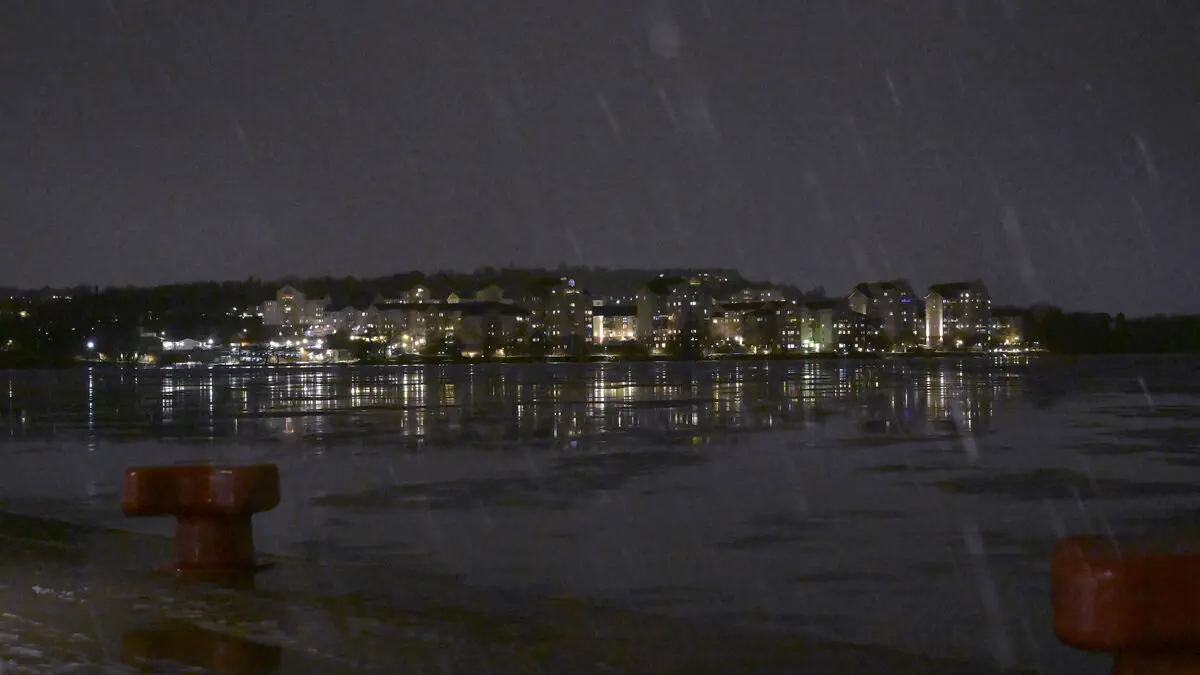The Indian River Lagoon area in Florida is known for its rich natural life and extensive biological diversity. In 2013, it was discovered that the bottlenose dolphins living there were not doing well. A large proportion were underweight or emaciated, and 8 percent of the 337 observed dolphins died in a short time.
Now, researchers in a study, published in Frontiers in Marine Science, have linked the dolphins' poor health and death to a massive growth of phytoplankton in the area, which led to a change in their diet.
The researchers have analyzed pieces of muscle tissue from dolphins found dead in the area between 1993 and 2013. Since traces of what the dolphins have eaten are found in the muscles, they have been able to get a picture of changes in what they have eaten. They have also compared it with samples from changes in, among other things, algae and seagrass.
In 2011, the water area was hit by an extensive bloom of phytoplankton. It was caused by human emissions of fertilizers and waste rich in, among other things, nitrogen and phosphorus, in and around the watershed.
Its phytoplankton has likely changed the composition of other animal and plant life in the water. The dolphins' prey, which live on macroalgae and seagrass, were outcompeted by these.
"The combination of changes in the dolphins' diet and their malnutrition suggests that they struggled to catch enough prey," says Wendy Noke Durden at the Hubbs-SeaWorld Research Institute, and one of the study authors in a press release.





